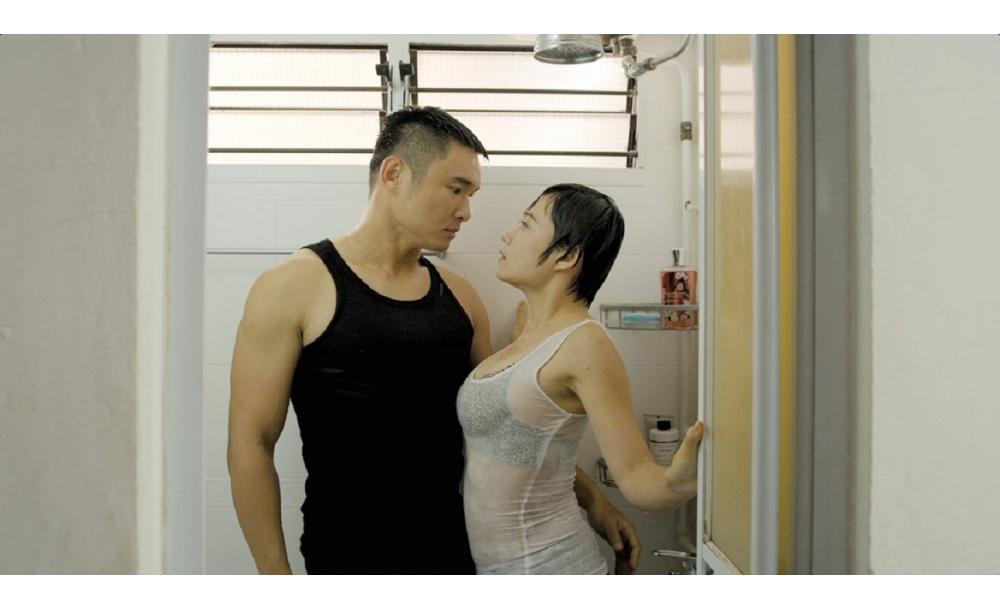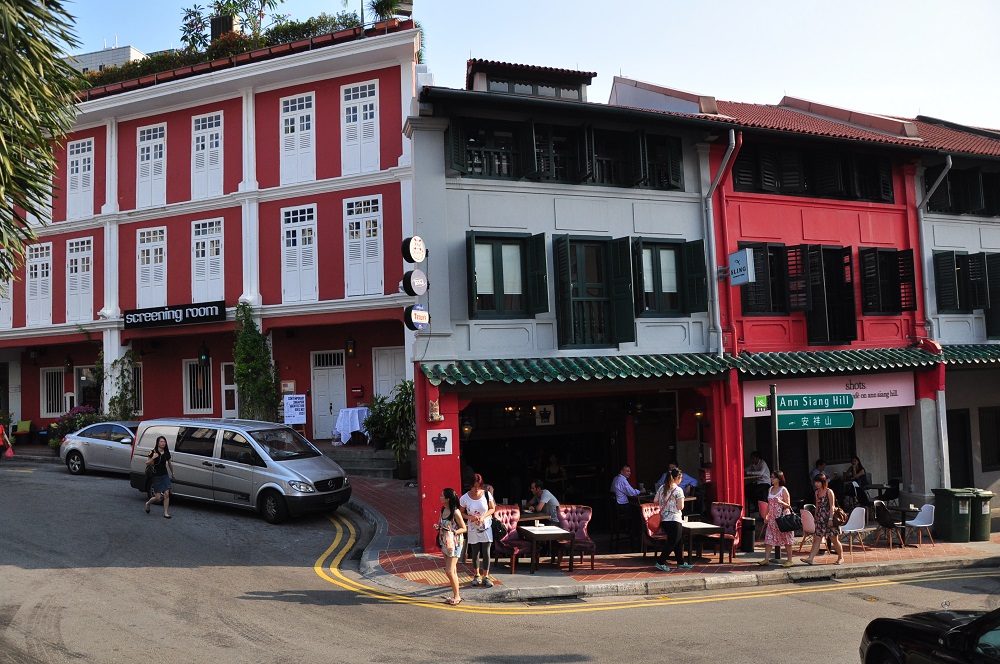Chinatown
Known by local Chinese as “niu che shui” (water bullock cart), after the animal-powered barrows common on these streets in the 19th century, this is a culturally diverse enclave. Today, you’ll find fascinating Chinese heritage sites like the sacred Buddha Tooth Relic Temple and Hokkien landmark Thian Hock Keng Temple, old-school street markets as well as an assortment of restaurants and bars. There are also historical gems dedicated to Indian, Malay and even Arab communities.
Civic District
Among the first areas to be developed by Singapore’s colonial powers, this neighborhood by the Singapore River was also the seat of British government chosen by Singapore founder Sir Stamford Raffles in 1822. The area features museums, memorials and highlights such as City Hall, where documents for the Japanese surrender after WWII were signed. It provides superb photo opportunities with restored landmarks like The Fullerton Hotel (the old General Post Office) against towering skyscrapers.
Dempsey Hill
You wouldn’t know it from the art galleries, antique furniture stores, nail salons and weekend farmers’ markets that now call the area home, but the forested mini-precinct of Dempsey used to be a military stronghold that was the site of British army barracks in colonial times. Plus, conserved black-and-white buildings currently house a range of restaurants, bars and even specialty food purveyors in a historic space with an appealing laid-back vibe.
East Coast
Featuring a scenic sea view, this beachfront area was built on reclaimed land in the 1960s in an effort to accommodate the rapidly developing city. It is most famous for its park, which spans a 15 km stretch of coastline, and offers an array of sporting, dining and recreational activities such as cycling. You’ll also find the East Coast Seafood Centre, with local institutions like Jumbo Seafood, No Signboard Seafood and Long Beach Seafood Restaurant.
Geylang/Katong
Originally a settlement of Orang Laut (sea gypsies) and Malays, the community was dispersed by the British in the 1840s to make way for port traffic. This eastern precinct also became an early 20th-century playground for wealthy Eurasian and Peranakan (Straits Chinese) families who built waterfront leisure homes here. Though the area lost its seaside frontage when land was reclaimed to build East Coast Park in the late 1960s, many architecturally important buildings and shophouses from the era still stand. Geylang is known as a popular supper spot and red-light district. Food traditions, too, are alive and well, with Peranakan cuisine being a real highlight in Katong.
Jalan Besar
Jalan Besar, which means “big road” in Malay, was once a swampland of betel nut, nipah palm and fruit trees in the 1830s. The landscape was later taken over by shophouses, factories, and religious sites including Holy Trinity Church, together with abattoirs (the street was also known as “the slaughter pig depot in Kampong Kapor”). The now-conserved area is ideal for checking out Art Deco and “Chinese baroque” architecture, and still plays host to soccer matches at Jalan Besar Stadium. A new crop of hip establishments have also opened of late, such as quirky café Windowsill Pies and coffee specialist Chye Seng Huat Hardware.
Kampong Glam
Home to the Malay aristocracy in 1819, before British settlement in 1822 divided the area into ethnic groups, this area remains a stronghold among the Malay-Muslim community. The majestic Sultan Mosque provides a center for life and business around here, with shops hawking Malay-Arab wares like rugs, bohemian crafts and shisha tobacco as well as trendy cafés, boutiques and drinking establishments. The combination of modern and historic truly makes this place one of a kind.
Little India
Developed to absorb overflow from the now defunct Chulia Kampong, this enclave was established in colonial times. Don’t miss the stunning temples, boasting ornate facades with intricate cravings of Hindu deities, and 24-hour shopping mall Mustafa Centre, which has just about everything under the sun. The area’s also a haven for herbivores, with myriad hole-in-the-wall Indian vegetarian eats. Plus, you’ll also find quirky art galleries and boutique hotels alongside historic sites.
Tanjong Pagar
To the south of Chinatown, between the bay and the city, is this former center for dock workers and the flesh trade pre-WWII. The area was marked for conservation in the 1980s, kick-starting a rapid gentrification process. Now, it’s one of the city’s top dining destinations with everything from Russian fare to modern European molecular gastronomy. Other recent arrivals include a host of vintage stores showcasing toys, fashion, furniture and books from previous decades which make great souvenirs.
Tiong Bahru
One of the oldest housing estates in Singapore, Tiong Bahru has an eclectic mix of public housing flats, Art Deco architecture and shophouses spanning the ’30s and ’40s with names that honor Chinese pioneers of the early 19th and 20th centuries. It’s a charming off-the-beaten-track neighborhood that’s long drawn local food connoisseurs from across the island thanks to delicious Chinese street food in Tiong Bahru Market and Food Centre. Many quaint specialty shops and eateries have also taken up residence and breathed new life into the area including Tiong Bahru Bakery, Japanese restaurant IKYU, spa Nimble/Knead, boutique Nana & Bird and coffee spot 40 Hands.





